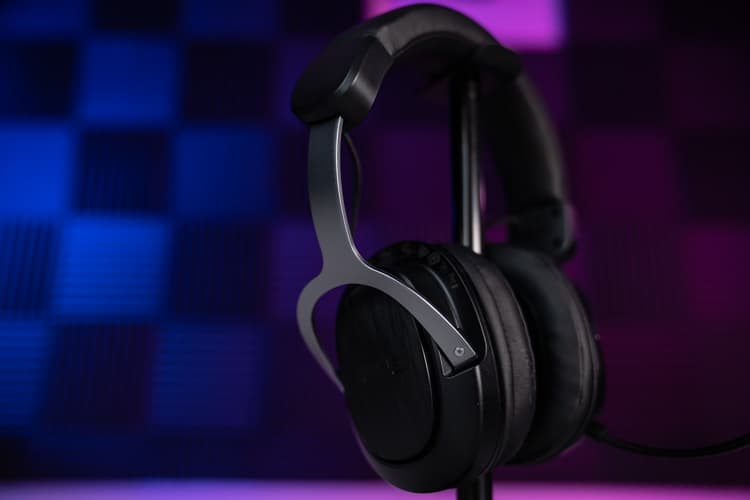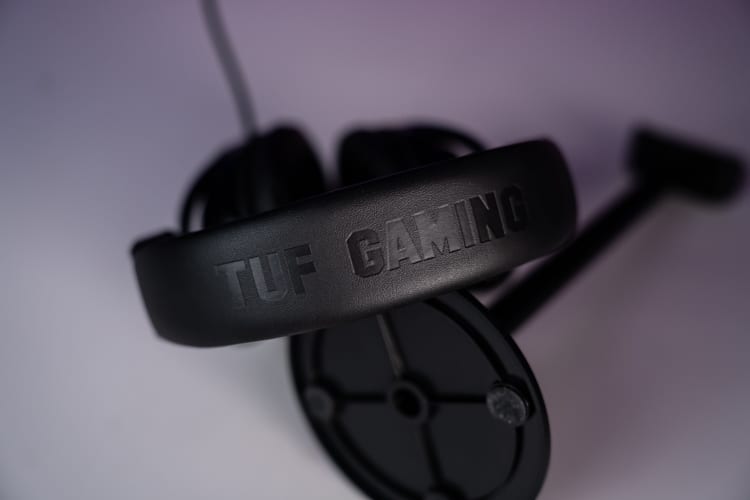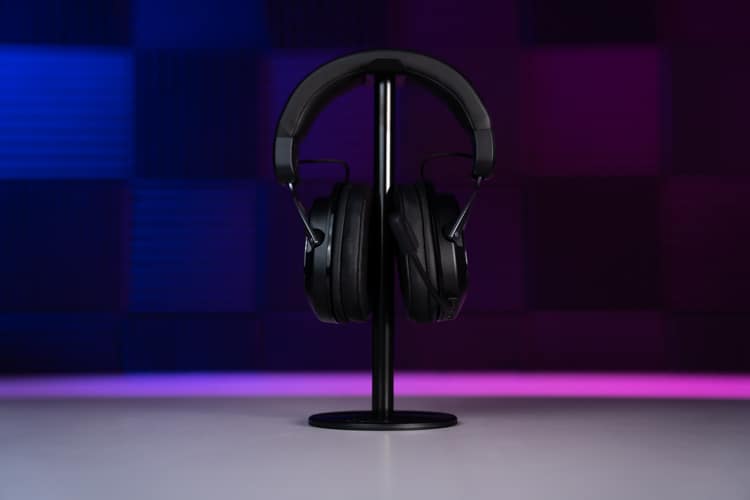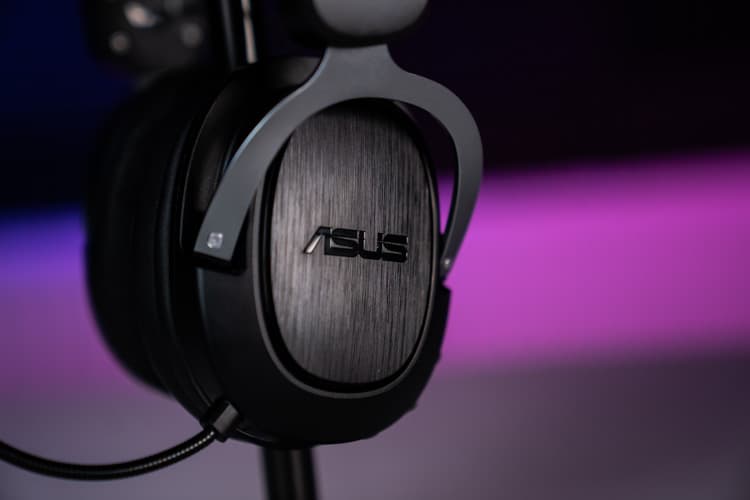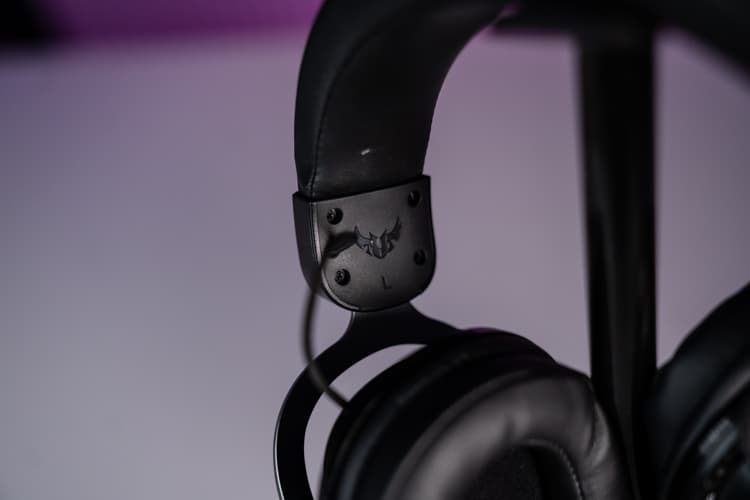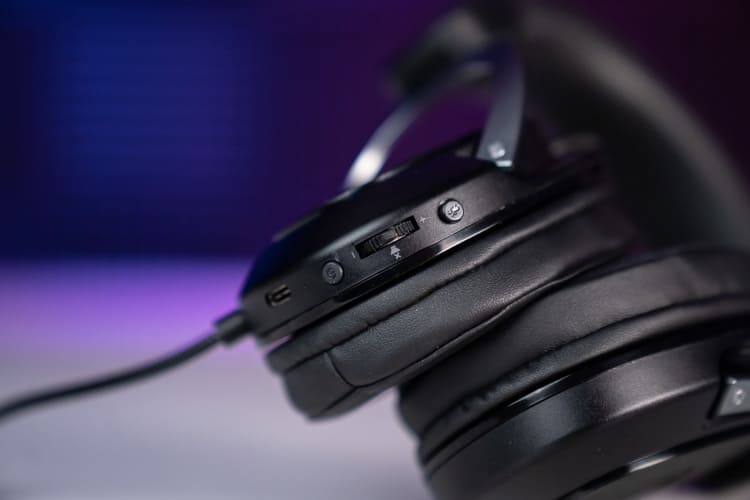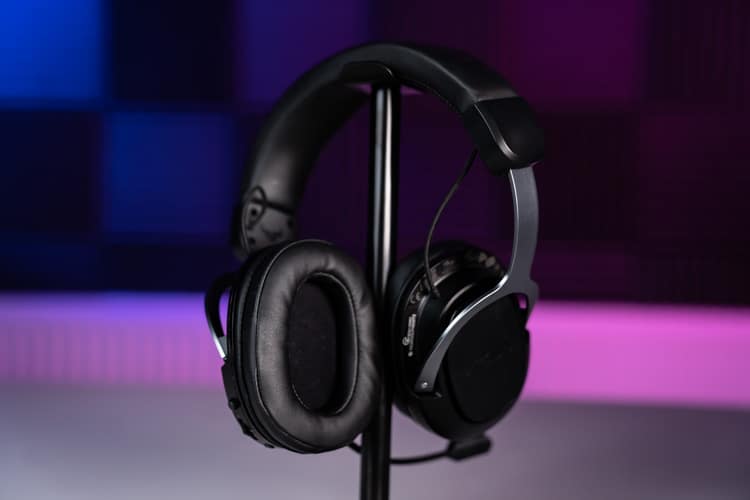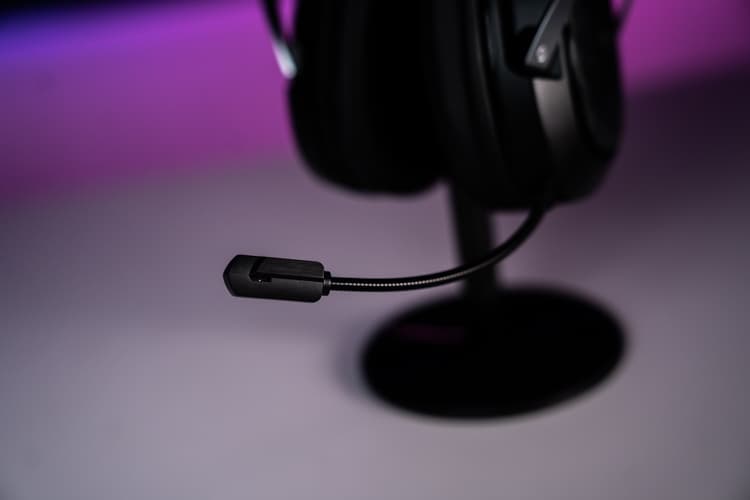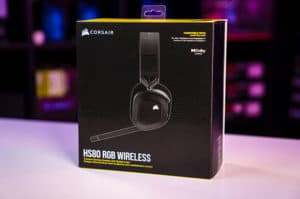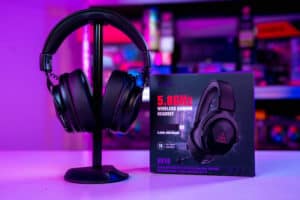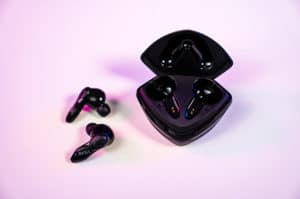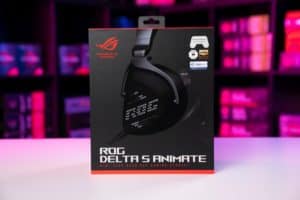ASUS TUF H3 Wireless Gaming headset review
TUF to beat in this price bracket
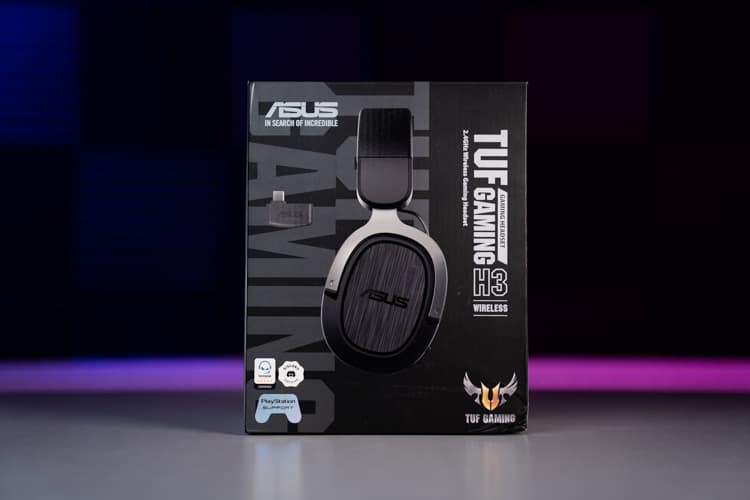
We’ve had our fair share of ASUS products come through the office here at WePC, most of them have come under the sub-brand of ROG (Republic of Gamers). These products are generally identified by their impressive build quality and super aggressive visual designs. They literally put an LED display on a headset, that’s the level of aggressive we’re talking about.
However, ROG isn’t the only brand they produce gaming products under, they also have their slightly lesser-known but equally pervasive ‘TUF Gaming’ line of products. These usually have a slightly more utilitarian design and aren’t quite as expensive. We’ve got our hands on the TUF H3 Wireless gaming headset to see if it indeed as tough as Asus proclaims.

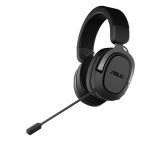
- Excellent build quality
- Good sound quality
- Attractive design
- Very clear mic
- Badly designed wireless dongle
What’s in the box & setup
- TUF Gaming H3 wireless headset
- 2.4GHz Wireless USB-C dongle
- USB-C to USB 2.0 adapter dongle
- USB-C to USB 2.0 charging cable
- Quick-start guide
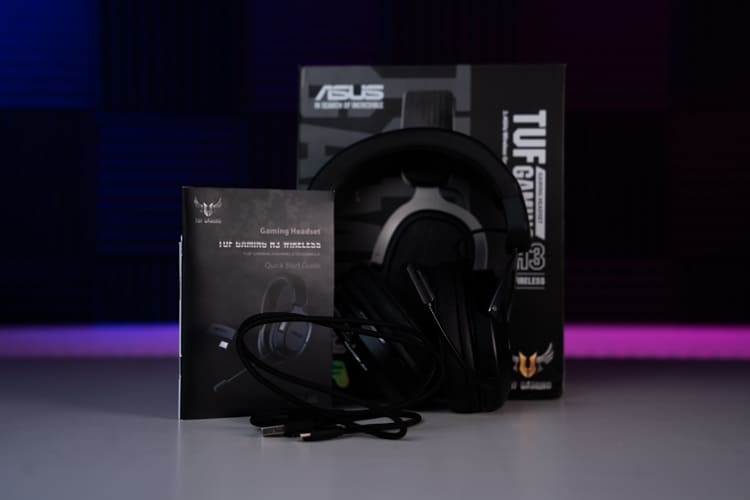
The unboxing experience won’t thrill anyone. It features the standard marketing imagery on the front and an annotated photo of the headset on the back. The headset comes tightly enclosed in thin plastic that will likely keep it safe in transit, but we miss the thick, form-fitting packaging of ASUS’s ROG products here.
Setup is accomplished by plugging the dongle into a USB port and holding the power button on the headset for a few seconds. If you need additional controls, downloading the Armory Crate software is recommended but not necessary. It was easy to get started, and have those lovely sonic waves pumping into our ears without any hassle whatsoever.
Design
The TUF H3 has a military vibe to it, thanks to the dark grey plastics and fake brushed aluminum on the exterior of the earcups. It looks rugged, and the silver aluminum yoke provides a nice contrast and saves the headset from looking too boring. There’s not really much to say about the visuals of the TUF H3, but safe to say, we like it, and the relative neutrality means that it will fit in well with the rest of your peripherals.
There’s quite a lot of branding here, but it’s subtle enough that we’ll allow it. There is an ASUS logo on each earcup and an embossed ‘TUF GAMING’ logo on the top of the headband. The design of the TUF H3 is very efficient and simplistic, which differs considerably from their ROG line of products. Some might call it boring, but we like its relatively subdued look.
The dongle, however, looks fairly goofy. The length of plastic that houses the antenna normally extends straight up from the connector, this is the case for the vast majority of gaming headsets. For some reason that we can’t quite figure out, this one immediately extends perpendicular to the connector, meaning that it’s quite likely that it will block the use of adjacent ports. We can’t see a reason for this design choice and it just simply appears to be poor design.
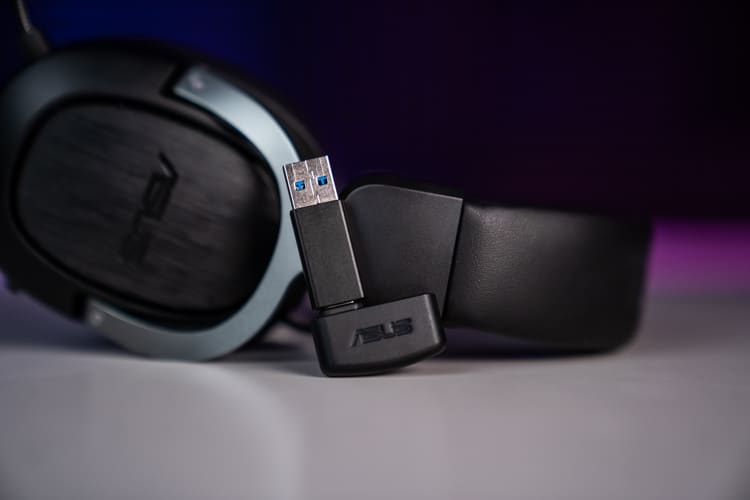
The TUF H3 lives up to its name with possibly the most rugged construction we’ve seen here at WePC. The thick aluminum of the yokes had been impervious to even our most aggressive attempts to bend it. The headband flawlessly returns to form after twisting it to an extent that wouldn’t ever happen under normal use.
Similarly, the faux leather that covers the earcups and headband feels premium we’re confident that it’s capable of taking a lot of abuse before wearing out or tearing. The cables that connect the earcups to the headband are nicely braided and have more than enough slack to prevent them from being pulled taut when the headset is fully extended.
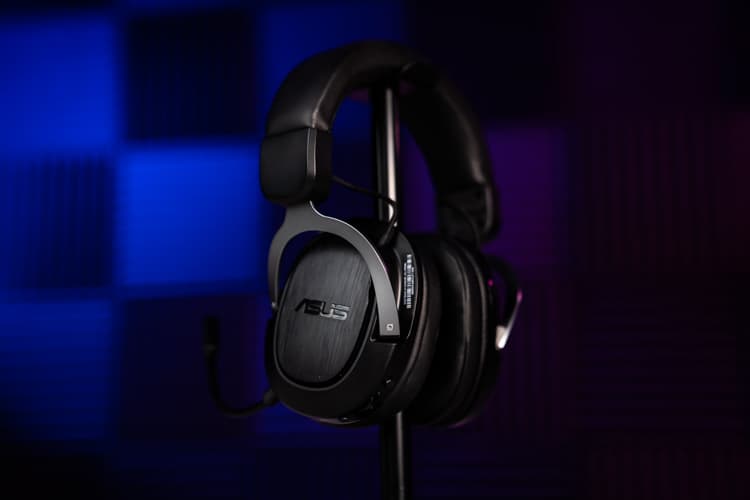
The unremovable mic has some impressive flex, and holds its position reliably well, this is also the case for the adjustment mechanism, which slides smoothly between settings. But, doesn’t easily slip out of position by itself, which is a more common problem than you’d think. This is something that plagues even the premium spectrum of gaming headsets.
The controls are nicely tactile, and easy to differentiate between with a simple touch. We particularly like the spring-loaded volume roller, which we saw on the Delta S Animate too. It’s easy to use and very satisfying, and clicking it in instantly mutes the audio.
Comfort
Despite the super solid construction, the TUF H3 only weighs 307g/10.8oz, which makes it ideal for long periods of use. The extensive, soft padding on the earcups and headband also help to ensure the long-term comfort of the TUF H3. The fit of the earcups is also a standout, as the oval shape neatly surrounds the ears and forms a solid seal. Still to this day, companies continue to make over-ear headsets with round earcups, apparently not realizing that people do not have round ears. We are pleased that ASUS hasn’t fallen into that trap here, and has paid attention to ergonomics when designing this headset.
We found the clamping force to be fairly light, but not so light that the headphones will be launched across the room at a rapid turn of the head. It’s just right for a secure, yet gentle squeeze. Of course, this will vary from person to person, but there’s enough room with the adjustments that we’re confident you’ll be comfortable in this headset.
Sound quality
The out-of-the-box audio performance of the TUF H3 is very flat, not to say it’s bad. It’s just a really neutral soundscape. Thankfully, it’s not too bassy, as is often the case with gaming headsets, which is a refreshing experience. We’d recommend playing around with the presets in Armory Crate to better take advantage of the full range of the H3. We found either the gaming or music preset to have the best overall sound. These settings do tune the bass a little, and give more definition to the top end. For the bombastic bass-junkies out there, there is a bass-boost function in Armory Crate if you really want to feel the beat.
The aforementioned tight seal the fit of the headset creates also helps the audio quality as it results in some really impressive passive noise cancelation and the closed-back design makes the sounds feel very ‘close’, which isn’t the optimal design for music listening, but it provides a really solid gaming audio experience.
The virtual 7.1 surround sound is also realistic, allowing you to accurately ascertain the direction from where footsteps and other such sounds are coming from. This makes it ideal for competitive FPS games such as Counter-Strike: Global Offensive and Apex Legends.
The mic is also quite impressive, with effective noise cancellation. When subjected to a test recording, it successfully filtered out almost all the background noise in the office, and picked up the intended voice very clearly.
Final verdict
The TUF H3 is a standout in the $100 price bracket, and boasts probably the best build quality we’ve experienced in this price tier. This is thanks to its robust construction, and very premium materials. The sound quality is excellent once configured in software, and the thick padding makes it comfortable for long periods of use without fatigue. The mic is clear and surprisingly effective at filtering out background noise. The only actual downside is the dumbfounding design of the wireless dongle, which, due to its shape, can result in blocking adjacent ports on your PC. Luckily, the rest of the headset is fantastic, and we fully recommend the TUF Gaming H3 Wireless gaming headset.


WePC is reader-supported. When you buy through links on our site, we may earn an affiliate commission. Prices subject to change. Learn more

